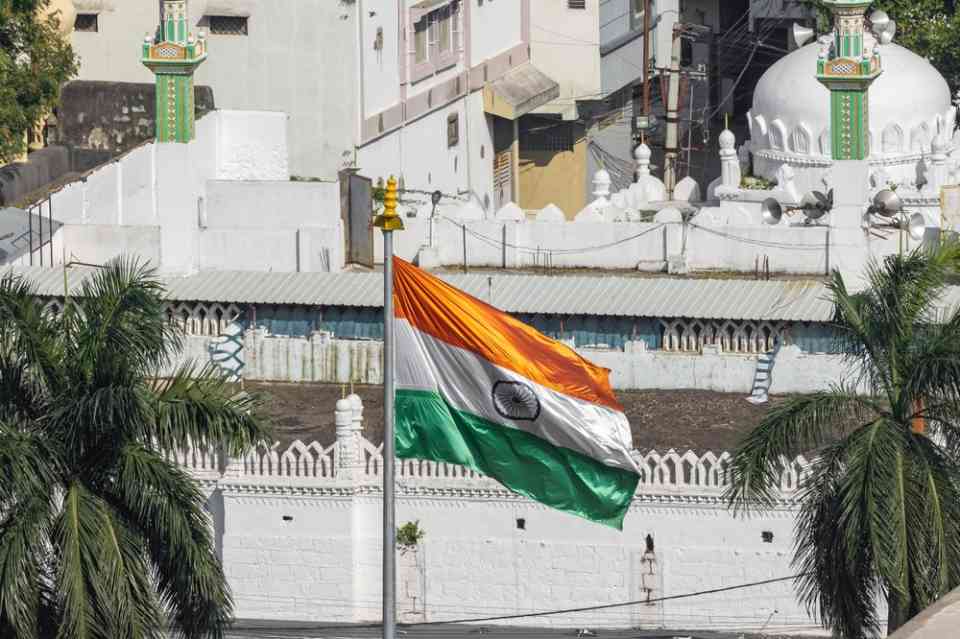NCAER Indicates Significant Decline in Poverty Rates in India Over the Last Decade

Recent findings from the National Council of Applied Economic Research (NCAER) indicate a significant reduction in poverty levels in India over the past decade. According to a research paper titled “Rethinking Social Safety Nets in a Changing Society,” authored by Sonalde Desai, poverty has decreased from 21.2% in 2011-12 to an estimated 8.5% in 2022-24, despite the challenges posed by the COVID-19 pandemic.
This research utilized data from the newly completed Wave 3 of the India Human Development Survey (IHDS) as well as data from Waves 1 and 2. The IHDS findings revealed a substantial decline in poverty rates between 2004-2005 and 2011-12 (from 38.6% to 21.2%), which continued to drop significantly between 2011-12 and 2022-24.
The decline in poverty was more pronounced in rural areas, where the headcount poverty ratio fell from 24.8% in 2011-12 to 8.6%. In urban areas, the poverty rate decreased from 13.4% to 8.4%. The paper suggests that economic growth and poverty reduction create a dynamic environment that requires adaptive social protection programs. Traditional approaches aimed at chronic poverty may be less effective as societal shifts make life events more critical determinants of poverty than circumstances of birth.
The study highlights that during periods of economic growth when opportunities increase, long-term determinants of poverty may diminish, while life events such as natural disasters, illness, and occupational changes become more significant. This shift underscores the need for social protection systems to evolve in response to rapid social changes to ensure equitable development.
Earlier in the year, NITI Aayog CEO BVR Subrahmanyam noted that the latest consumer expenditure survey indicates poverty has dropped to 5% in the country, with prosperity rising in both rural and urban areas. He explained that inflating the poverty line with the Consumer Price Index (CPI) shows that the average consumption of the lowest fractional group (0-5%) aligns with the poverty line, suggesting minimal poverty presence in this group.
Supporting this, the National Sample Survey Office (NSSO) under the Ministry of Statistics and Programme Implementation released data on February 24, 2023, showing that per capita monthly household expenditure more than doubled in 2022-23 compared to 2011-12. The poverty line, initially set by the Tendulkar Committee Report for 2004-2005 and adjusted by the Planning Commission for 2011-12, highlighted significant improvements in consumption and living standards.
In summary, India’s efforts in economic growth and social protection have led to a remarkable reduction in poverty over the last decade, with ongoing challenges to adapt social safety nets to a rapidly transforming society.
[table “1027” not found /]
Have you read?
Best CEOs.
Best Companies.
Richest People (Billionaire).
Richest Women (Billionaire).
Richest in Each Country (Billionaire).
Bring the best of the CEOWORLD magazine's global journalism to audiences in the United States and around the world. - Add CEOWORLD magazine to your Google News feed.
Follow CEOWORLD magazine headlines on: Google News, LinkedIn, Twitter, and Facebook.
Copyright 2025 The CEOWORLD magazine. All rights reserved. This material (and any extract from it) must not be copied, redistributed or placed on any website, without CEOWORLD magazine' prior written consent. For media queries, please contact: info@ceoworld.biz








